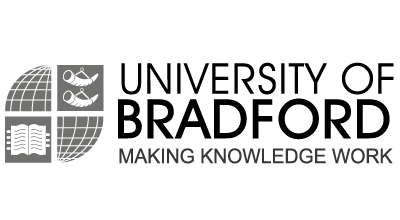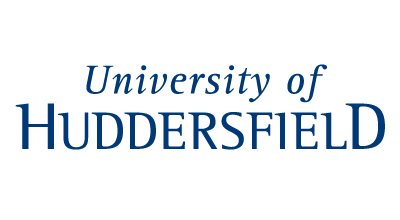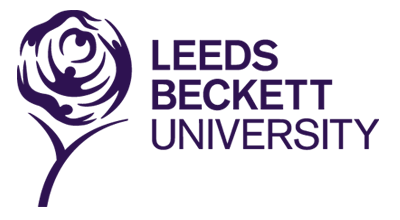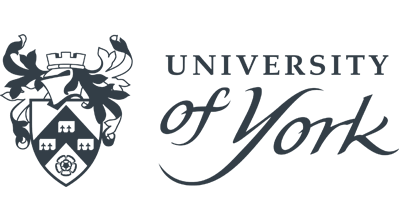Date published: 16/08/18
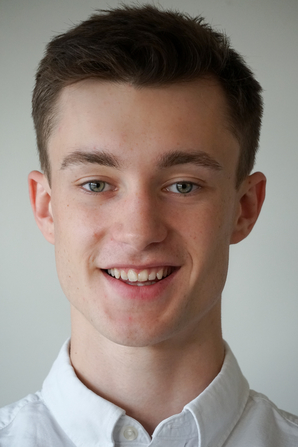
Devices for diagnosing Parkinson’s disease
- Name: Finn Hambly
- Current Organisation: University of York
In May, Translate opened its summer student project scheme to support small medical technology development projects in the Leeds City Region. The scheme proved to be a massive success and 26 unique projects were funded. Learn more about their work in this blog.
My name is Finn Hambly and I’m studying Natural Sciences at the University of York. I embarked on a degree in Natural Sciences to enter the world of interdisciplinary research where I could learn to solve important problems with novel technology. Over the course of my degree, I have specialised in Physics, spent increasing amounts of time computing, and investigated which research areas I find most compelling. I find the field of medical technology and the application of machine learning within healthcare to be especially captivating.
I wanted to understand what was involved in developing technology for clinicians, and to get experience in the operations of bringing innovative devices to market. As a result of receiving funding to work with ClearSky Medical Diagnostics, I am adapting and preparing equipment for diagnosing Parkinson’s so that it is fit for both clinical studies and for use by medical professionals.
Parkinson’s can be difficult to diagnose with only standard clinical assessments, which relies solely on subjective tests. ClearSky’s PD-Monitor supports specialists by measuring the movement of the finger and thumb in response to a finger-tapping test. Its software has been trained with biologically-inspired, machine learning algorithms in combination with data on the characteristic movement displayed by those with severe Parkinson’s. Once in the hands of researchers, ClearSky’s devices can provide an objective measure of the onset of Parkinson’s which, in turn, will hopefully accelerate the discovery of breakthroughs in the treatment of Parkinson’s.
To be suitable for use in medical research and in clinics there are logistical, regulatory, and manufacturing hurdles to overcome. Learning how to navigate through this has given me valuable insight into how medical technology progresses from conception to shipment and, furthermore, has sped up progress in getting new technology into the hands of people who can use it effectively.



